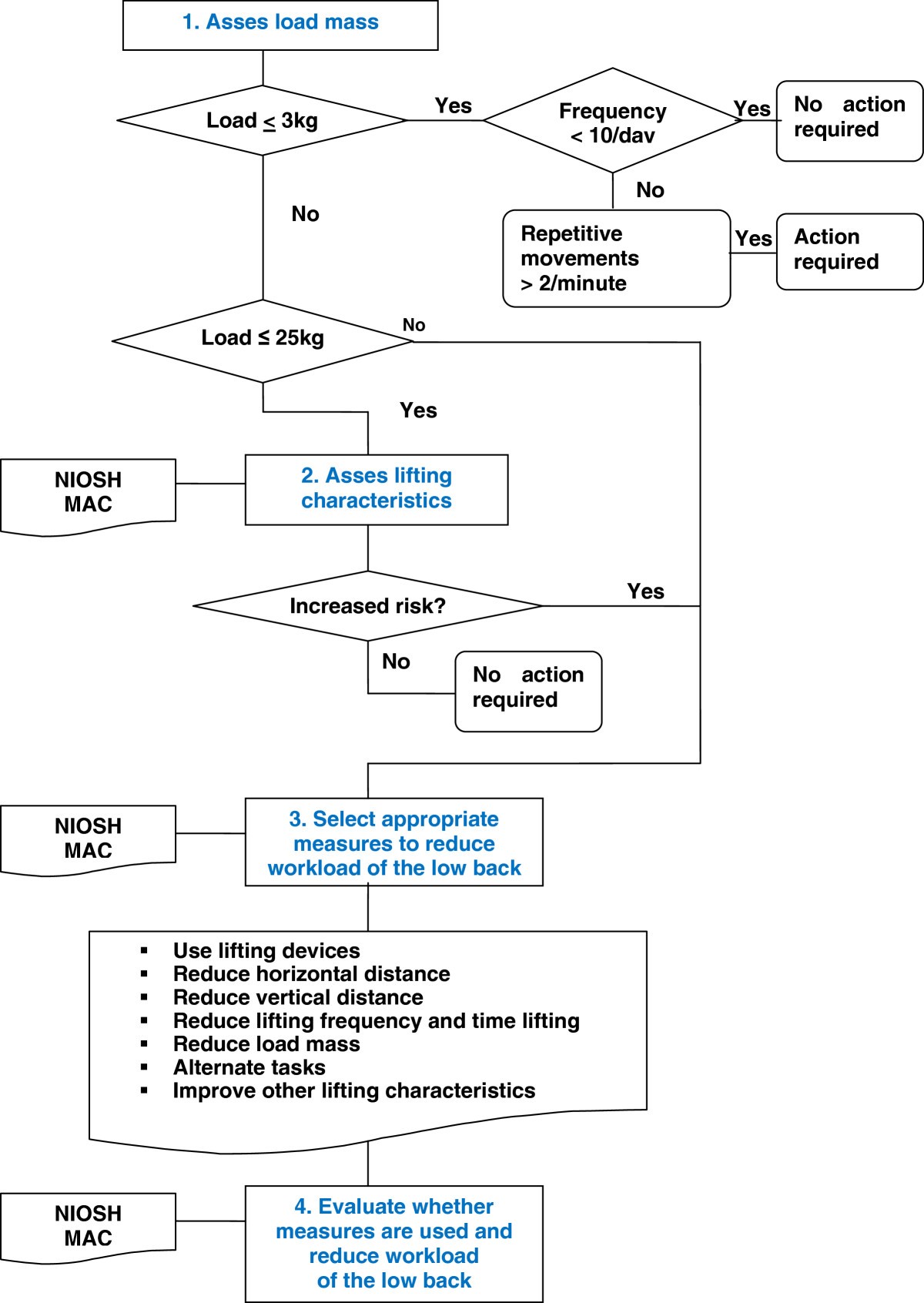These advanced steps are primarily for system administrators and others who are familiar with the command line. You don't need a bootable installer to install macOS, but it can be useful when you want to install macOS on multiple computers without downloading the installer each time.
Update Office from the Mac App Store. If you downloaded Office from the Mac App Store, and have automatic updates turned on, your apps will update automatically. But you can also manually download the updates: Open the Mac App Store from your Dock or Finder. https://clothesomg.netlify.app/microsoft-update-on-mac-manual.html. Mar 15, 2018 Update history for Office for Mac. 7/17/2019; 5 minutes to read +1; In this article. Office for Mac that comes with an Office 365 subscription is updated on a regular basis to provide new features, security updates, and non-security updates. Jan 18, 2019 Microsoft AutoUpdate (MAU) version 3.18 and later includes the msupdate command-line tool. This can be used to start the update process for Microsoft applications produced for Mac, such as Office. The tool is primarily designed for IT administrators so that.
Download macOS
- Follow these steps to set up the downloaded software application and driver: Click on the link download that we provide above in this post. When the driver Epson WF-4630 download is complete, and also you prepare to establish the data, click “ Open Folder ” or “ Open File,” as well as then click the downloaded documents.
- Page 17 Logging In to Mac OS X Mac OS X is set up to log in automatically using the user account that you Make sure you are typing the user account name and password with created when you set up Mac OS X. If automatic login is turned off, you the same capitalization and punctuation that you used originally.
To uninstall Office for Mac 2011 move the applications to the Trash.Once you've removed everything, empty the Trash and restart your Mac to complete the process. Before you remove Office for Mac 2011, quit all Office applications and make sure there's nothing in Trash that you want to keep.


- Download a macOS installer, such as macOS Mojave or macOS High Sierra.
To download macOS Mojave or High Sierra for this purpose, download from a Mac that is using macOS Sierra 10.12.5 or later, or El Capitan 10.11.6. Enterprise administrators, please download from Apple, not a locally hosted software-update server. - When the macOS installer opens, quit it without continuing installation.
- Find the installer in your Applications folder as a single ”Install” file, such as Install macOS Mojave.
Use the 'createinstallmedia' command in Terminal
- After downloading the installer, connect the USB flash drive or other volume you're using for the bootable installer. Make sure that it has at least 12GB of available storage and is formatted as Mac OS Extended.
- Open Terminal, which is in the Utilities folder of your Applications folder.
- Type or paste one of the following commands in Terminal. These assume that the installer is still in your Applications folder, and MyVolume is the name of the USB flash drive or other volume you're using. If it has a different name, replace
MyVolumeaccordingly.
Mojave:*
High Sierra:*
Sierra:
El Capitan: - Press Return after typing the command.
- When prompted, type your administrator password and press Return again. Terminal doesn't show any characters as you type your password.
- When prompted, type
Yto confirm that you want to erase the volume, then press Return. Terminal shows the progress as the bootable installer is created. - When Terminal says that it's done, the volume will have the same name as the installer you downloaded, such as Install macOS Mojave. You can now quit Terminal and eject the volume.
* If your Mac is using macOS Sierra or earlier, include the --applicationpath argument. The Sierra and El Capitan commands show the proper format of this argument.
Use the bootable installer
Manual Steps For Mac Os 2
After creating the bootable installer, follow these steps to use it.
Mac time machine manual backups. How can the answer be improved? Jul 21, 2010 Letting Time Machine run on a routine backup schedule is important for all Macs, but there also times where you’ll want to initiate a backup yourself, like before installing system updates or major OS X upgrades. If you find yourself needing to initiate a manual Time Machine backup. Feb 15, 2019 To create backups with Time Machine, all you need is an external storage device. After you connect the device and select it as your backup disk, Time Machine automatically makes hourly backups for the past 24 hours, daily backups for the past month, and weekly backups for all previous months.The oldest backups are deleted when your backup disk is full.
- Connect the bootable installer to a compatible Mac.
- Use Startup Manager or Startup Disk preferences to select the bootable installer as the startup disk, then start up from it. Your Mac will start up to macOS Recovery.
Learn about selecting a startup disk, including what to do if your Mac doesn't start up from it. - Choose your language, if prompted.
- A bootable installer doesn't download macOS from the Internet, but it does require the Internet to get information specific to your Mac model, such as firmware updates. If you need to connect to a Wi-Fi network, use the Wi-Fi menu in the menu bar.
- Select Install macOS (or Install OS X) from the Utilities window, then click Continue and follow the onscreen instructions.
Manual Steps For Mac Os Download
Learn more
For more information about the createinstallmedia command and the arguments that you can use with it, make sure that the macOS installer is in your Applications folder, then enter this path in Terminal:
Manual Steps For Mac Os Free
Mojave:
High Sierra:
Sierra:
El Capitan: